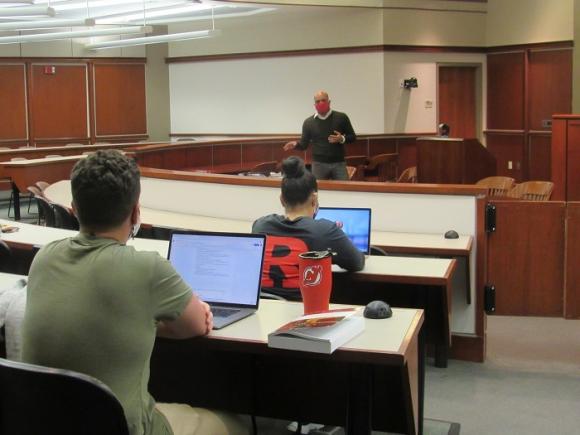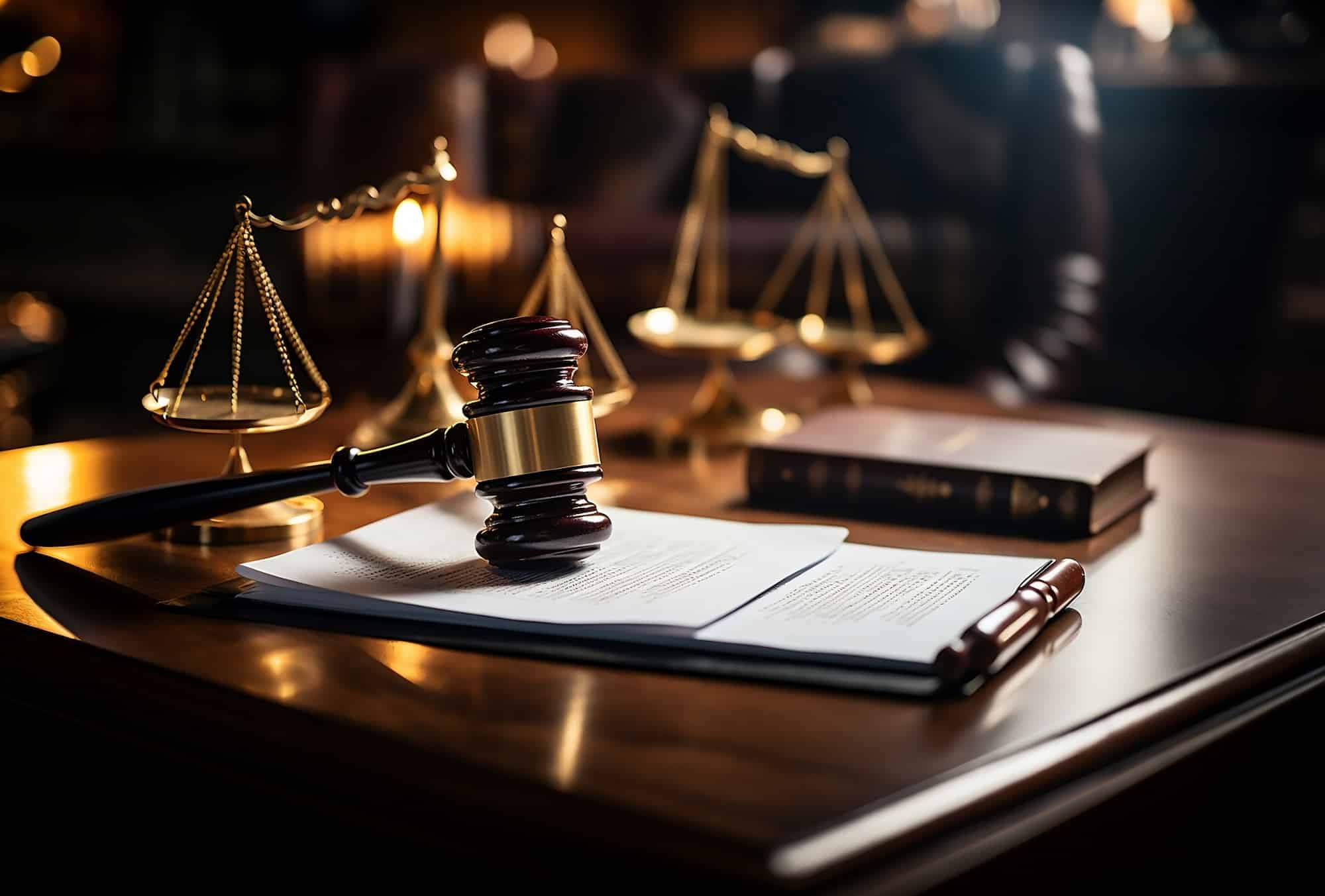Elevate Your Legal Practice with Innovative Trial Presentations: Best Practices and Guidance
Elevate Your Legal Practice with Innovative Trial Presentations: Best Practices and Guidance
Blog Article
Browsing the Complexities of Test Presentations: Tips for Seamless Distribution and Engaging Disagreements
In the world of legal procedures, the art of test discussion stands as a crucial component of success. The intricacies intrinsic in test presentations require a delicate balance of skill, skill, and approach.

Understanding Trial Objectives
To effectively browse a trial, it is crucial to have a clear understanding of the goals that need to be attained. Prior to entering the courtroom, lawful groups need to define their objectives and desired results. These objectives work as assisting concepts throughout the trial, forming techniques and affecting decision-making procedures.
Comprehending test goals entails a detailed evaluation of the case, legal precedents, and the client's ideal interests. Trial Presentations. It needs a meticulous evaluation of the realities, recognizing essential problems, and expecting possible obstacles. By establishing specific and measurable objectives, lawyers can tailor their disagreements and discussions to align with the preferred results
Moreover, a clear grip of test purposes allows lawful teams to prioritize evidence, witnesses, and lawful arguments properly. It enables the growth of a meaningful story that reverberates with the judge and jury, strengthening the total situation presentation.

Organizing Evidence Successfully
Having a clear understanding of trial purposes lays the structure for organizing evidence efficiently in legal process - Trial Presentations. By aligning the discussion of proof with the desired results of the test, lawful groups can enhance their disagreements and improve their persuasiveness. One essential aspect of arranging evidence is categorization. Organizing evidence based upon themes or relevance to particular legal components can help enhance the discussion and make intricate information extra absorbable for the court or court.
One more crucial element in arranging evidence efficiently is establishing a sensible circulation. Presenting evidence in a meaningful and consecutive fashion can help construct an engaging narrative that sustains the legal debates being made. Additionally, utilizing visual aids such as timelines, graphes, or charts can better enhance the organization of evidence and help in clarifying intricate relationships or sequences of events.
Additionally, guaranteeing that all proof provided is pertinent and acceptable to the case is vital. Pointless or inadmissible evidence can interfere with the toughness of the disagreement and possibly hurt the integrity of the here and now event. As a result, a precise testimonial and choice procedure need to be embarked on to include only one of the most impactful and lawfully audio proof in the trial discussion.
Crafting Persuasive Narratives
Crafting engaging narratives plays a critical duty in providing persuasive debates during lawful process. A well-crafted narrative has the power to astound the audience, stimulate emotions, and ultimately persuade the decision in support of the providing party. When creating a story for a trial discussion, it is linked here important to develop a clear storyline that highlights bottom lines and links them in a coherent way. Begin by laying out the facts of the situation in an engaging fashion, guaranteeing that the series of occasions is easy to comply with. Present characters successfully, providing background info that assists the target market recognize their inspirations and activities. Additionally, incorporating brilliant summaries and interesting language can bring the story to life, making it extra unforgettable for the discretionary. By weaving together evidence, testimony, and legal debates into a cohesive and persuasive story, lawful experts can effectively advocate for their customers and boost the possibility of a positive result in the court.
Understanding Aesthetic Help
Efficient use visual aids is vital to boosting the influence and clearness of trial presentations. Aesthetic aids, when made use of tactically, have the power to streamline intricate information, enhance vital factors, and leave a long-term impression on the discretionary. To master visual aids in test discussions, it is essential to guarantee that they are clear, concise, and relevant to the disagreements being made.
When integrating aesthetic help, such as graphes, read what he said pictures, graphs, or timelines, into a test presentation, it is important to maintain them visually appealing yet expert. The visuals ought to complement the spoken debates, providing a graph of the information being reviewed without frustrating the target market with unnecessary details.
Additionally, exercising with the visual help beforehand is necessary to ensure a smooth distribution during the trial. Acquainting oneself with the web content, transitions, and timings of each visual help can help maintain the flow of the presentation and protect against technical problems that may occur.
Supplying Impactful Closing Arguments
A compelling closing debate acts as the conclusion of a trial discussion, encapsulating the core story and persuading the discretionary in the direction of a desirable choice. To supply an impactful closing debate, it is important to succinctly evaluate crucial factors, highlight the toughness of your case, and address any kind of weak points in a critical manner. Begin by outlining the major debates that support your client's placement, stressing why the proof offered throughout the test sustains your story. It is important to produce a feeling of communication and quality, leading the court and jury towards the desired final thought.
Additionally, integrating psychological charm can further enhance your closing disagreement. Inevitably, a well-crafted closing disagreement should leave a long-term perception, engaging the court and important source court to rule in your client's support.
Final Thought
To conclude, understanding trial presentations entails comprehending goals, arranging proof, crafting narratives, using visual aids, and supplying impactful closing disagreements. By carrying out these techniques properly, attorneys can provide their instance perfectly and make compelling arguments in the court. It is vital to navigate the intricacies of test discussions with accuracy and skill to attain success in legal proceedings.
By aligning the presentation of evidence with the desired end results of the test, legal teams can strengthen their debates and boost their persuasiveness (Trial Presentations). To grasp aesthetic aids in trial discussions, it is important to make certain that they are clear, succinct, and appropriate to the disagreements being made
An engaging closing debate offers as the culmination of a trial discussion, encapsulating the core story and persuading the judge and jury towards a beneficial choice. Begin by laying out the main debates that support your client's setting, highlighting why the proof offered throughout the test sustains your story.In verdict, mastering test presentations involves comprehending objectives, organizing evidence, crafting stories, using aesthetic help, and supplying impactful closing debates.
Report this page